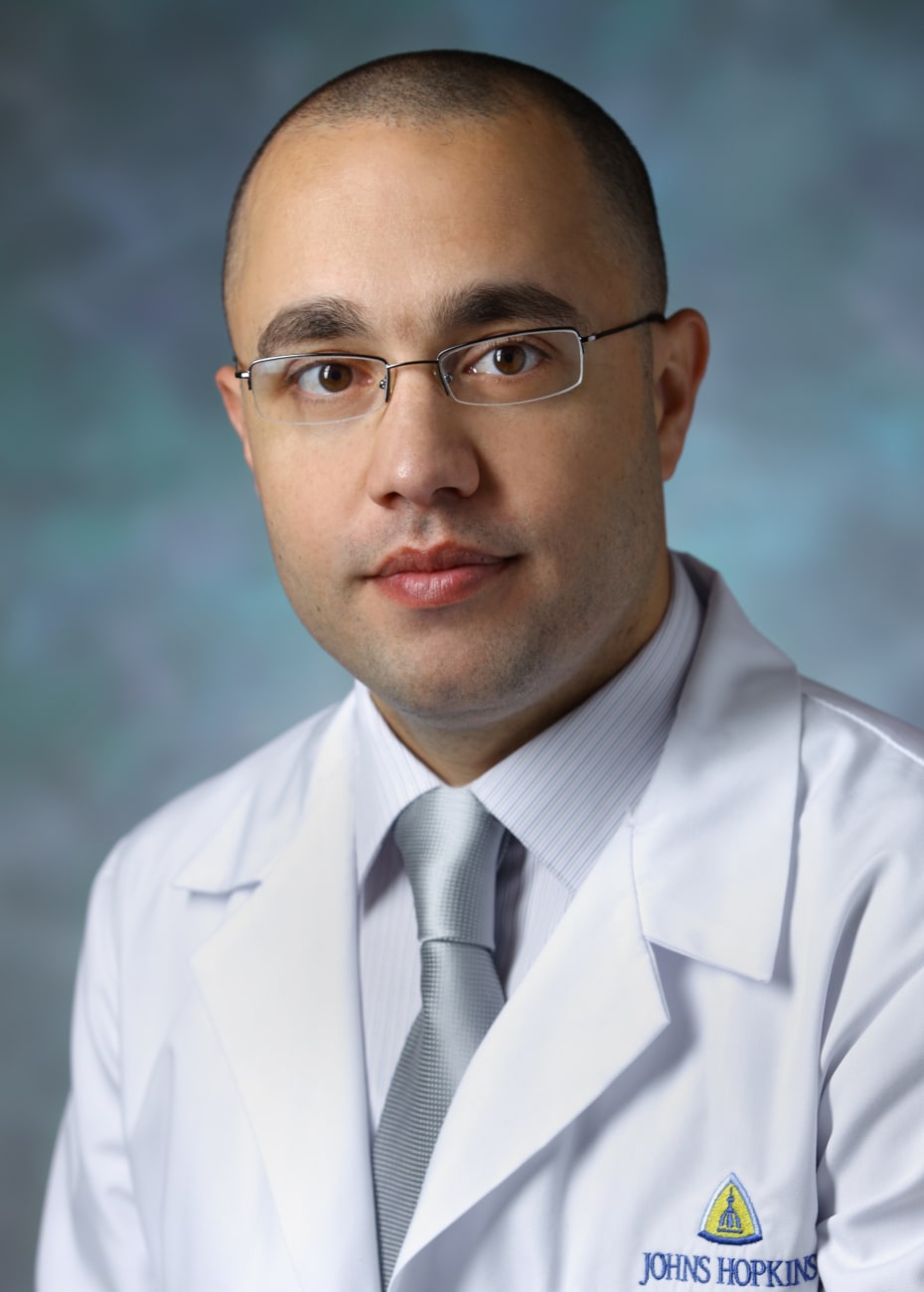Many patients with the swallowing disorder achalasia complain of poor quality of life, says Mouen Khashab, director of therapeutic endoscopy at Johns Hopkins. The uncomfortable feeling of food “sticking” in the esophagus, regurgitation of swallowed food and drinks, heartburn, or aspiration of foods or liquids can make meals unpleasant or seemingly impossible for the eight to 12 out of every 100,000 people who have this condition, which can lead to malnutrition, weight loss, pneumonia or other serious sequelae.
More than a decade ago, Khashab pioneered peroral endoscopic myotomy, alternatively known as POEM, in the United States — an operation that loosens achalasia’s characteristic tightening of the lower esophageal sphincter. Although POEM is the go-to treatment for achalasia, about 50% of patients who receive treatment are left with gastro-esophageal reflux disease, or GERD.
“Half of patients with achalasia still suffer after receiving what was once the gold standard of treatment for this condition,” says Khashab, “so we needed a different approach.”
This year, Khashab and colleagues at Johns Hopkins began offering a new way to treat achalasia and GERD together by combining POEM with endoscopic fundoplication, a procedure in which the fundus is used to create an anti-reflux valve around the lower esophageal sphincter. The team was the first in the United States to provide the treatment, now known as POEM+F.
In March of 2022, Amol Bapaye, an interventional gastrointestinal endoscopist who first performed POEM+F in India, visited The Johns Hopkins Hospital to guide Khashab and team through the procedure. Much like the original POEM treatment, POEM+F involves passing an endoscope through the patient’s mouth and into the esophagus while a camera broadcasts images on a monitor. After making a small cut in the lining of the lower esophagus, surgeons inject a liquid solution into this opening, using the endoscope to separate the lining from the muscle. Then, they make a series of cuts through muscle in the lower esophagus, the lower esophageal sphincter, and in the fundus to allow food and drinks to pass more easily into the stomach.
While the POEM procedure stops here, Khashab explains, POEM+F goes further — folding the fundus over and attaching it around the sphincter. This creates a physical barrier that helps block stomach acid from traveling up the esophagus, diminishing the occurrence of reflux and its long-term complications.
So far, Khashab and his team have performed 18 of this combined procedure, which is done under general anesthesia and takes just over an hour. Each patient was discharged the following day in good health, with no complications upon follow-up. Because POEM+F is performed endoscopically through the mouth, it leaves no visible scars.
“Patients are left with no visible reminder of their ordeal with achalasia, but with a significantly better ability to eat without discomfort and a greatly improved quality of life,” Khashab says. “It is extremely gratifying for us as surgeons to be able to give them this gift.”
To refer a patient, call 410-933-7495.


